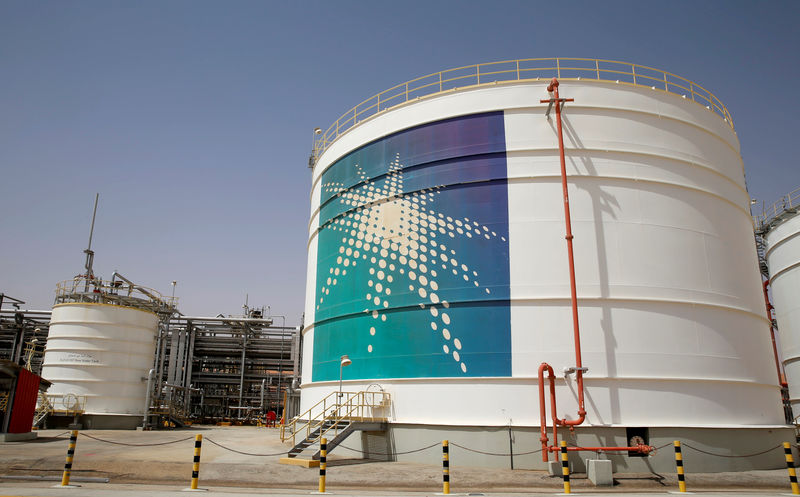By Barani Krishnan
Investing.com -- Whether sanctions on Iranian oil are removed or not, OPEC seems to be in no mood of giving up $90 and above pricing for a barrel.
Just days after the market began digesting the prospect that Iran’s 2015 nuclear deal might be revived, paving way for the eventual return of one million barrels a day or more from the Islamic Republic, the Organization of the Petroleum Exporting Countries was already hinting at the possibility of a production cut in September.
OPEC secretary-general Haitham Al Ghais said Thursday it was too early for the 23-nation oil producing coalition to say for sure what it would do for its September production, including whether it would cut output.
With 13 original members led by Saudi Arabia, before its alliance with Russia and nine other oil producers, the extended OPEC+ group has been raising production for the past year after slashing them since May 2020 in the aftermath of the coronavirus breakout that decimated demand for oil.
While this year’s production hikes were initially insulated by Russia’s invasion of Ukraine which sent crude to 14-year highs of between $130 and $140 a barrel by early March, OPEC+ has become more vulnerable of late as a market downturn since May has persistently driven prices lower.
Talk that the Iran nuclear deal might be revived and data showing oil refining by top importer China at pandemic-era lows sent crude prices to as low as $85 per barrel this week, wiping out all of the premium earned from the Ukraine war.
OPEC secretary-general Al Ghais said fears of an economic slowdown in China had been exaggerated.
He said the oil outlook for 2023 was “relatively optimistic” and that physical oil consumption remained strong despite the more than 30% drop in futures pricing of crude from March highs due to fears of a global recession.
Al Ghais also said OPEC was keen to prolong its alliance with non-member oil producing countries, including Russia. The oil cartel has continued to prioritize its relationship with Russia despite the global community’s isolation of Moscow over its conduct in Ukraine.
But more than anything else, Al Ghais hinted that a production cut might be in the offing, as early as in September.
“Al Ghais reminded energy traders that OPEC could be in a position to cut production if needed,” said Ed Moya, analyst at online trading platform OANDA. “OPEC is not going to let this pullback with oil prices continue much further.”
West Texas Intermediate, the benchmark for U.S. crude, settled up $2.39, or 2.7%, at $90.50 per barrel. The session high was $91.45, versus Tuesday’s bottom of $85.73, which marked its lowest since Jan. 26.
Brent, the London-traded global benchmark for crude, settled up $2.94, or 3.1%, at $96.59. Its session high was $97.41. On Tuesday, Brent fell $91.72, its lowest since Feb. 16.
Oil prices have turned around since Wednesday after weekly inventory data from the Energy Information Administration showed stockpiles of U.S. crude tumbling by some seven million barrels last week due to record high exports and a smaller-than-usual release from the nation’s emergency oil reserve.
Exports of U.S. crude hit an all-time high of five million barrels during the week ended August 12 while the Biden administration released just under 3.5 million barrels from the Strategic Petroleum Reserve compared with its typical weekly release of five-to-six million barrels that are aimed at bridging supply shortfalls in the market.
